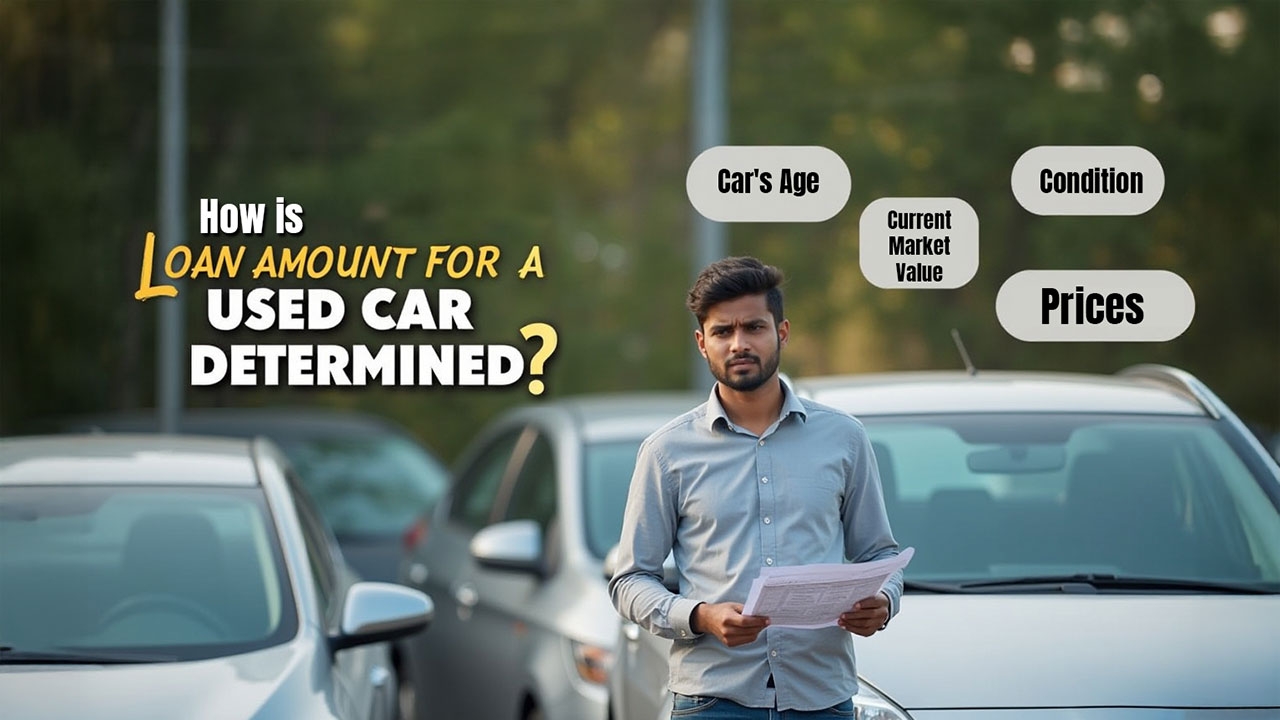Introduction to Tech in Finance
Episodes

E01: Charting the Rise of Fintech in India
04 mins
Hello viewers! In this video, we’re diving into the exciting world of fintech and how it is reshaping India’s financial landscape. First, we'll look at the impressive growth of fintech in India. This is an innovation-friendly market, with a population of 1.3 billion and over 800 million internet users. Fintech has boomed in recent years, with startups drawing more than $15 billion in investments. The video will also discuss advancements across online payments, digital lending, and InsurTech. Next, you'll understand what’s fuelling this growth. Key factors include smartphone penetration, increased internet access, and a demand for alternatives to traditional banking. Plus, government initiatives like Digital India and Jan Dhan Yojana are strengthening the digital infrastructure. They are making fintech solutions more accessible and reliable. Then, the video explores areas where fintech is making the most impact. This ranges from mobile wallets revolutionising daily transactions to digital lending platforms that offer fast loans. Don’t forget wealth management apps that are democratising investments. You’ll also learn how Fintech has become a major job creator in the country, with unicorns alone employing over 60,000 people. To conclude, the fintech wave is here, and India is leading the charge. So, stay tuned for more insights into the fintech revolution!

E02: Fintech Today How Far Have We Come
03 mins
Hello everyone! Ready to explore India’s booming fintech scene and its transformation of financial management? Watch this video to find out how far we have come and what new innovations are shaping India’s financial future. First, we’ll discuss the rapid rise of fintech startups in India, with over 2,100 new companies in just the last five years! Overall, India boasts more than 10,000 fintech companies, making it one of the top fintech hubs globally. In fact, India ranks second in global fintech adoption, only behind China. Next, you'll discover India’s dominance in digital payments. Did you know that around 13,100 crore UPI transactions worth ₹199.89 Lakh Crores were recorded in FY 2024! Digital lending is on a swift path as well, expected to hit $350 Billion by 2025. We’ll also see how fintech is thriving across verticals, from Insurtech and neo-banking to digital lending and payment systems. Finally, the video explores the future of fintech in India. With continued growth and digital adoption, supported by government policies, India could soon become the largest fintech market. Emerging technologies like AI, Machine Learning, and the Internet of Things will bring further disruption. We’ve only scratched the surface of innovation—stay tuned for more on India’s fintech journey!

E03: How Can Neobanks Transform Your Banking Experience
04 mins
Imagine managing your money sitting at home, right from your phone! That’s the convenience that neobanks offer! Let’s find out more about them in this video. First, we’ll see how Neobanks are revolutionising India's banking landscape with digital-only financial services. These include access to savings accounts, money transfers, and loans, all through your smartphone. You’ll also learn about the three main types of neobanks: Digital Banking Units, Front-End Neobanks, and Full-Stack Digital Banks. Next, the video will help you understand how Neobanks are different from digital banks. They operate exclusively online and may function independently or in partnership with traditional banks. Neobanks offer advantages such as 24/7 convenience, lower costs, and personalised financial solutions. Then, you’ll discover the challenges that neobanks face. These could be limited services, regulatory hurdles, and potential trust issues. Despite the massive opportunity, neobanks in India currently cannot obtain their own banking licenses. We’ll also discuss how RBI is working on developing a regulatory framework for neobanks. The neo-banking sector is experiencing significant growth, driven by the rise of digital payments. As India’s financial landscape evolves, neobanks are expected to be at the forefront of change. They will offer innovative solutions to meet the needs of an increasingly digital-savvy customer base.

E04: Account Aggregator How to Simplify Your Finances with it
03 mins
Hi viewers! Wish there was an easier, more efficient way to apply for financial services? This video will show you how Account Aggregators (AAs) might just offer that flexibility. First, we’ll explain what an Account Aggregator (AA) is and how it works. An AA is a digital service regulated by the RBI, designed to simplify financial data sharing. Instead of manually submitting bank statements and ID proofs, you could authorise an AA to securely fetch and share your data with various financial service providers. Next, you’ll learn about the AA system’s three key players. First are Financial Information Providers (FIPs), like banks or mutual funds. Then come Financial Information Users (FIUs), such as lenders or insurers. Finally, you’ll understand how the AA functions between these as a digital courier, transferring your data with your consent. Finally, the video will also discuss how security is a top priority in the AA framework. With end-to-end encryption, strict RBI regulation, and total user control, your data remains safe. You’ll see how you can review, modify, or revoke consent at any time. So, next time you apply for a financial service, look for the AA option as it could be a smarter, simpler, way to share your financial information!

E05: Key Regulatory Developments in India s Fintech Space
04 mins
India’s fintech industry is booming, with over 7,000 startups and a projected $1 Trillion valuation by 2030! But let’s go beyond innovation and learn about fintech regulation in this video. First, we’ll explore India’s three key regulatory bodies. These are the Reserve Bank of India (RBI), the Securities and Exchange Board of India (SEBI), and the Insurance Regulatory and Development Authority of India (IRDAI). Next, you’ll learn about the major regulatory updates shaping this landscape. These include RBI’s Digital Lending Guidelines of 2022, which could enhance transparency in this segment. We’ll also discuss RBI’s similar innovative regulations for digital payments. Then, the video approaches SEBI’s Wealth Tech regulation norms. These impact fractional ownership platforms and financial influencers, to curb misinformation and enhance transparency. On the insurance front, IRDAI is shifting to a principle-based regulatory approach, while enabling innovations like AI and machine learning. You’ll also get to explore innovations in regulatory and supervisory technology. Tools like RBI’s AI-powered ‘Daksh’ and SEBI’s monitoring system ‘Pinaka’ might boost fintech compliance. Measures like banning non-compliant apps and restricting data storage to India-based servers could strengthen consumer protection. Overall, India’s evolving fintech regulations promise a balance between innovation and governance. Together, they could secure the future of this transformative sector.
What to Watch Next
All


























